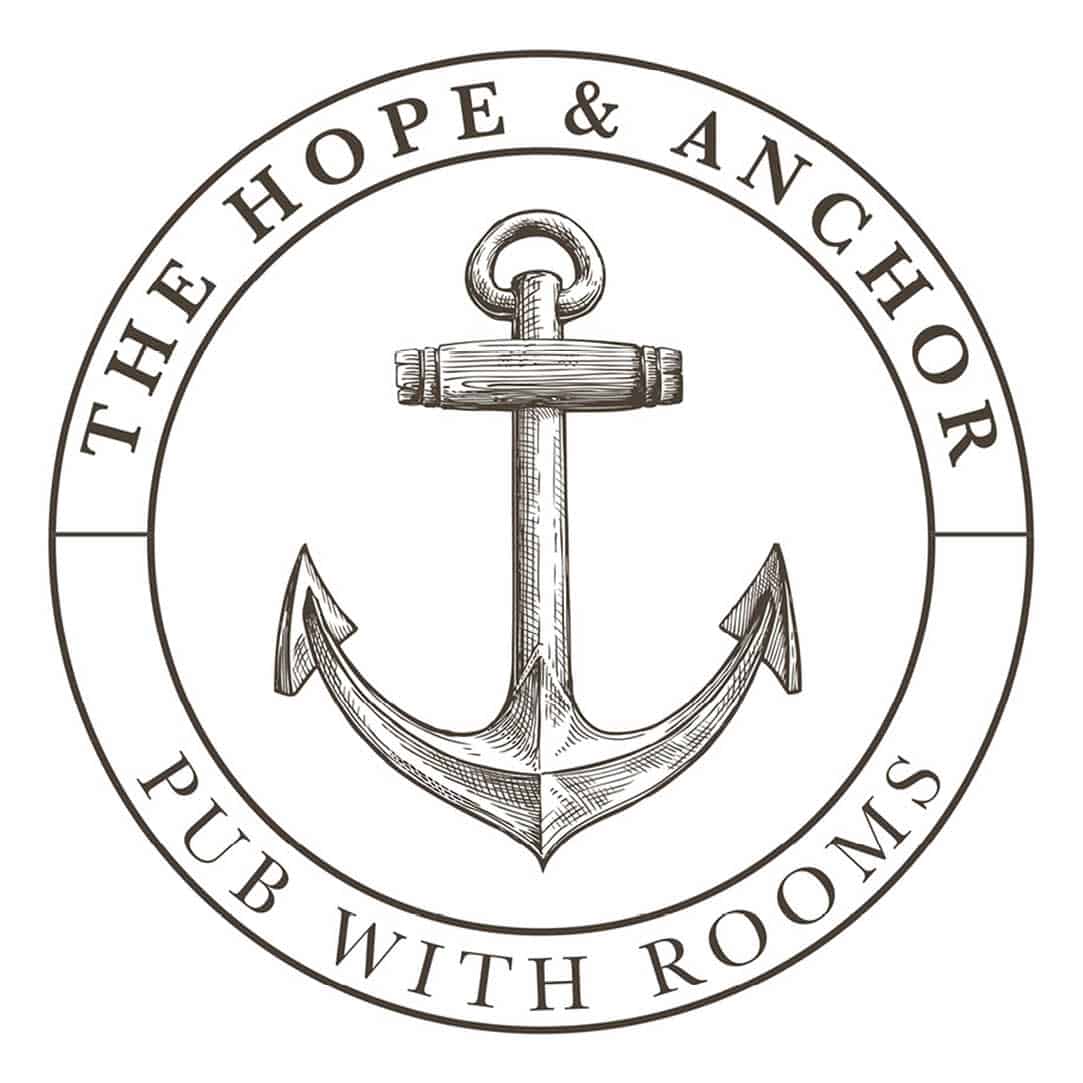
Wondering what the Rope Walk is in Ross-on-Wye? Rope Walk is a path lined with a grass verge; accessed via Metcalf Close, which leads off Trenchard Street. You can also access it via Wye Street or by going through the Blake Memorial Garden and down some steps. Rope Walk is where the Ross International Festival was held between 2000 and 2004. It also houses our very own The Hope & Anchor public house!
How was rope made?
During the 19th Century, manila fibres grown in the Philippines were introduced for rope-making. Other popular fibres were jute and cotton. The fibres had to be removed from the plant and cleaned before being beaten. Fibres were dragged through spikes to draw them out straight and remove any seeds, roots and other matter. The fibres were then spun by hooking them on a wheel. The yarns were often tarred and pulled out along a rope walk. They were then twisted in the opposite direction to the twist of the yarn to form three strands. The strands were then connected to a hook on a sledge at one end and at the other end to three hooks. They were then twisted while the single hook was twisted in the opposite direction.
Rope Walk is a historical area due to its origins. It initially came about when rope, baskets and boats were being made down by the river. The route of the current path was the area used to dry the ropes after they were made. The process required a long area to lay out the rope fully – hence where Rope Walk gets its name. It is thought to be where the last ropes were made in Ross during the early 19th Century.
Beside Rope Walk, with a beautiful view of the river, is the former home of Sir Frederick Burrows (1888-1973). Sir Frederick Burrows was a Ross railwayman who became the president of the National Union of Railwaymen – a union representing railroad workers of England.
If you like history and are interested in learning about the history of Ross-on-Wye, check out the list of our informative blogs below:
Why is Ross-On-Wye Known as the Birthplace of British Tourism?
5 of the Best Museums to Visit When Staying in Ross-On-Wye
4 Ancient Woodlands in the Wye Valley You Have to Explore This Spring
Ross-on-Wye is a beautiful market town steeped in history. The architecture of its present buildings includes Tudor, Georgian, Victorian and some interesting modern ones too. Ross first became a settlement around the time of the Saxon invaders and most likely began with only an iron-age fort on Chase Hill. The area surrounding the town contains Medieval castles, Roman forts, Neolithic settlements and prehistoric caves.
There are also plenty of attractions and fun stuff to see and do here in Ross-on-Wye. From wild swimming and canoeing to family days and picturesque walking trails – there is something for everyone, young and old.
